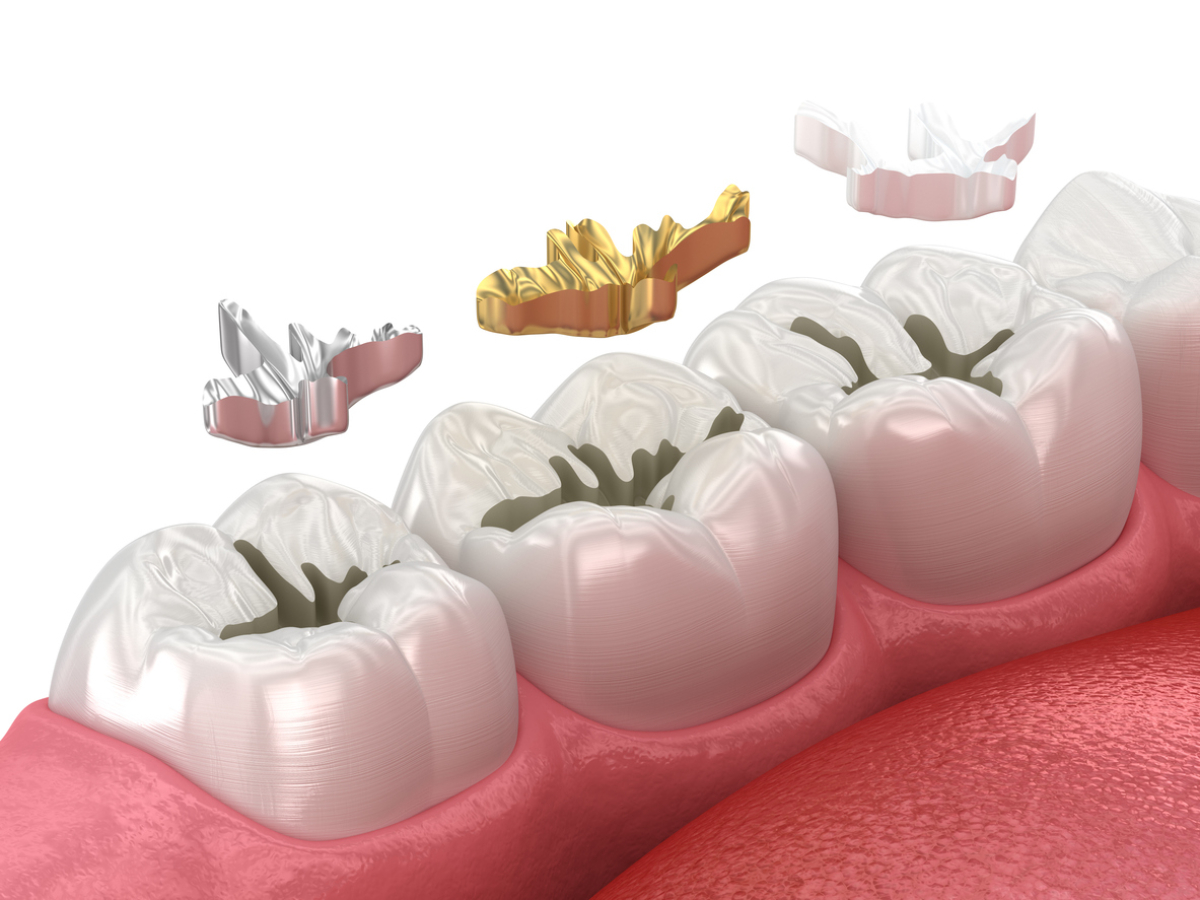Dental fillings are a type of dental treatment that can help to repair damaged or partially destroyed teeth by filling in gaps and cracks in the teeth. They are considered one of the most trusty operations in a dentist’s tool belt. But what are dental fillings made out of?
What Are Dental Fillings Made Out Of?
Many patients do not know that several different materials comprise these fillings. Knowing the difference between some of the materials can help you to decide which type might fit your particular situation.
If you are due for a dental filling procedure or are simply just curious about what the process is like for selecting the right materials for porcelain fillings in Montclair, take a look at this overview of the subject.
What Are Dental Fillings?
Dental fillings are synthetic attachments that can be placed in areas of the teeth that have become damaged or distressed. They are highly effective at helping patients recover from mild cases of tooth decay, or from accidental damage.
The Benefits of Dental Fillings
Dental fillings are a very effective method for helping patients restore the appearance of their teeth. These fillings do have their limits in terms of how much they are able to restore the teeth. Some of the issues they are effective at addressing include:
- Strengthening teeth that have become weak
- Restoring the chewing ability of those with damaged teeth
- Enhance the general appearance of one’s teeth
- A long-lasting solution, typically lasting for 10-20 years
- Preserving and restoring the natural structure of an individual’s teeth
In general, dental filling procedures are considered very safe for most patients who are interested in receiving treatment. However, it is possible that complications may be encountered. Talk to your doctor if you feel like any of the following applies to you:
- You are pregnant
- You are inquiring for a child less than 6 years old
- You have impaired kidney function
- You have a debilitating pre-existing neurological condition, such as Alzheimer’s disease.
- You are potentially allergic to some of the allergens in some of the varieties of fillings
- You are planning to become pregnant within one year of your filling procedure
What Are Dental Fillings Made Out Of?
Dental Fillings can be composed of several different materials. Each of these materials has its own characteristics in terms of longevity and the situations in which it is employed. Some of the major materials that are commonly employed for dental fillings include:
- Amalgam: Amalgam fillings are silver in color, and are composed of mercury mixed with silver, tin, copper, and other metallic materials.
- Glass ionomer: These types of fillings are composed of silica glass powder that is efficiently disguised to be the same color as one’s natural teeth.
- Resin composite: A resin composite is a tooth-colored resin base that is typically made of a mixture of quartz, silica, glass, or more.
- Gold: These fillings are naturally gold in color and typically contain mixtures of minerals such as silver, tin, and copper.
- Porcelain: Porcelain fillings are tooth-colored and contain a mixture of minerals such as feldspar, kaolin, and quartz.
There are two major categories of tooth fillings: direct and indirect fillings. Indirect fillings are typically considered to be a more complex process than direct fillings, as they require two visits to execute. This is due to the fact that the molds of the fillings must be sent to a lab before your dentist installs them in your mouth. Gold and porcelain fillings are considered indirect fillings.
What Occurs During a Dental Filling Procedure?
During a dental filling procedure, there is some variability in terms of the exact steps that take place depending on the type of filling you select, as well as the complexity of the dental damage that you have incurred. In general, however, the following steps will be performed to install a set of dental fillings:
- The teeth and mouth are numbed with local anesthesia
- Any damaged or decayed tissue from your teeth is removed utilizing professional specialized instruments
- The hole is filled with the selected dental filling material
- The dentist employs a tool known as a dental curing light to harden and shape the material
- Any uneven edges are polished and smoothed
- Your bite and alignment are observed to ensure that they look and feel normal
The Best Dentist in Montclair
My Dentist Montclair is widely regarded as perhaps the best full-service dental office in Montclair. If you would like to discuss dental fillings with a highly skilled professional, then contact our office and get the ball rolling on getting your teeth looking their best.

